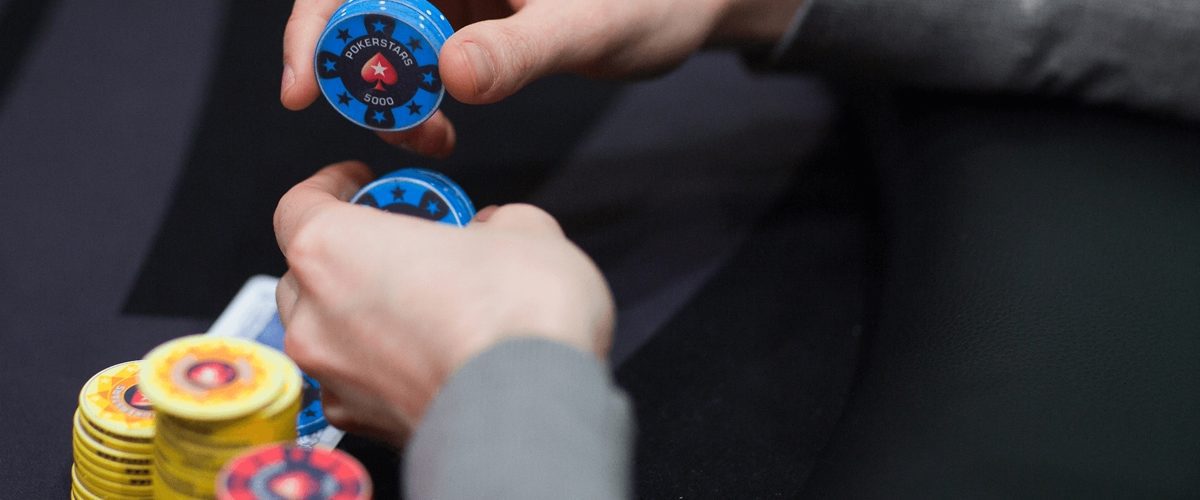Adjusting Big Blind Defense Ranges for Depth of Stacks and Multiple Players
One thing that has evolved over time is wider big blind defense ranges facing a single raise. With the advent of solvers and more defined wider opening ranges, people have learned that when you are getting a favorable price in the big blind position facing a single raise you can profitably defend with hands no one was really defending with years ago. But sometimes when change takes effect, players may overcompensate and start defending too wide in certain circumstances. In this article we’re not going to provide specific big blind defense ranges, as this information is available in other places, but rather we are going to talk about how a couple important factors such as depth of money or number of players in the pot should impact your big blind defense ranges. These adjustments may be counter intuitive to some, so it’s beneficial to get our heads around these concepts.
Let’s start with depth of money, and begin with a question for you to consider. Should you defend your big blind wider on deeper stacks or shallower stacks? Intuitively, one may think the answer is on deeper stacks, with their reasoning being there’s more chips to win when we hit our hand. But it’s actually the opposite that’s true; we can defend wider on shallow stacks. The reason lies in the equity realization of those bad hands we hold. Let’s look at an example.
Say there is an open raise to 2.5x from late position that we believe is roughly 30% of hands, everyone else folds and we’re in the big blind with J4o. Should we defend this hand or fold?
Let’s look at some math. If blinds are 100-200 (no ante) and the raise is to 500, then we have to call 300 more into a total pot of 1100, thus we need 27.3% equity to make this call. J4o has 31.65% against this range:

So, since our hand has more than 27.3% equity a call is profitable, right? Not so fast. This is our equity when seeing all 5 board cards. When the money is deep, J4o is a hand with reasonably poor equity realization, meaning it will be hard for us to get to the river and realize the full 31.65% when we have the potential to face bets on every street. We have to make some adjustment to account for the times we’ll not make it to the river. For example, part of this equity comes from us winning on a run out of AT34J, but if we face a flop continuation bet on AT3 while holding J4o, we are folding directly and not realizing this run out. If we were to make an adjustment to the above 31.65%, let’s say estimating we can only realistically realize about 60% of this equity, then in reality we only have 19%, far short of the 27.3% we actually need to make calling profitable. When short stacked however, we’ll be able to get the rest of the money in on any sort of flop connection, allowing us to realize our equity more often.
For example, let’s say we call this raise on a 17bb stack, and the flop comes 10♥️ 7♣️ 4♦️. Although we’ve only hit this flop weakly, it’s enough to simply get the rest of the money in on the flop and realize all of our equity:

So, it would be quite standard to check, let the PFR continuation bet, then raise all in directly on the flop. Because we will be able to realize our equity more often on a short stack, due to the fact we’ll be bet off of our equity post flop less frequently, we can thus defend wider on a short stack than we can on a deep stacks.
How about in multiway pots? For example, let’s suppose there is a raise to 500, the cut off and button both call 500, small blind folds and it’s on us in the big blind with our J4o. Again, intuitively players may think we can call wider now, because we’re getting a better price with the additional action. But there are a couple problems with that. First, while it’s true that our price is much better, our hand equity goes down more than our pot odds have gone up. Remember the equity needed in the heads-up example vs. the 30% range was 27.3% and our hand had 31.65% raw equity, a nice little overlay. What happens however when we face this same 30% open, the cut off calls with 25% and the button calls with 22% or so? Now we need to call 300 more to win 2100, which means we need 14.3%. But our gap between what’s needed and our hand’s raw equity has gotten much closer together:

In addition, our post flop playability and thus equity realization is terrible on deeper stacks, and when on shorter stacks while we do realize equity more often, we’ll also be dominated more often by the group of ranges as a whole, making this spot a clear fold.
While we can defend the big blind wider than many people think, particularly when facing smaller raises like 2x, 2.2x, or 2.5x, players are tending to make mistakes and call too wide out of the big blind when the stacks are deeper or the pots are multi way. Intuitively these are natural mistakes to make. But the truth is we should actually defend a bit tighter range when deep stacked, choosing hands with more post flop playability and better equity realization since we’ll realize our equity less frequently. And we should also defend a bit tighter when faced with a multiway pot, as although our odds improve, our equity goes down even more than the odds go up, and we’ll be dominated more frequently when facing multiple ranges.
Condimentum Nibh
Donec sed odio dui. Cras mattis consectetur purus sit amet fermentum. Vestibulum id ligula porta felis euismod semper. Curabitur blandit tempus porttitor.












